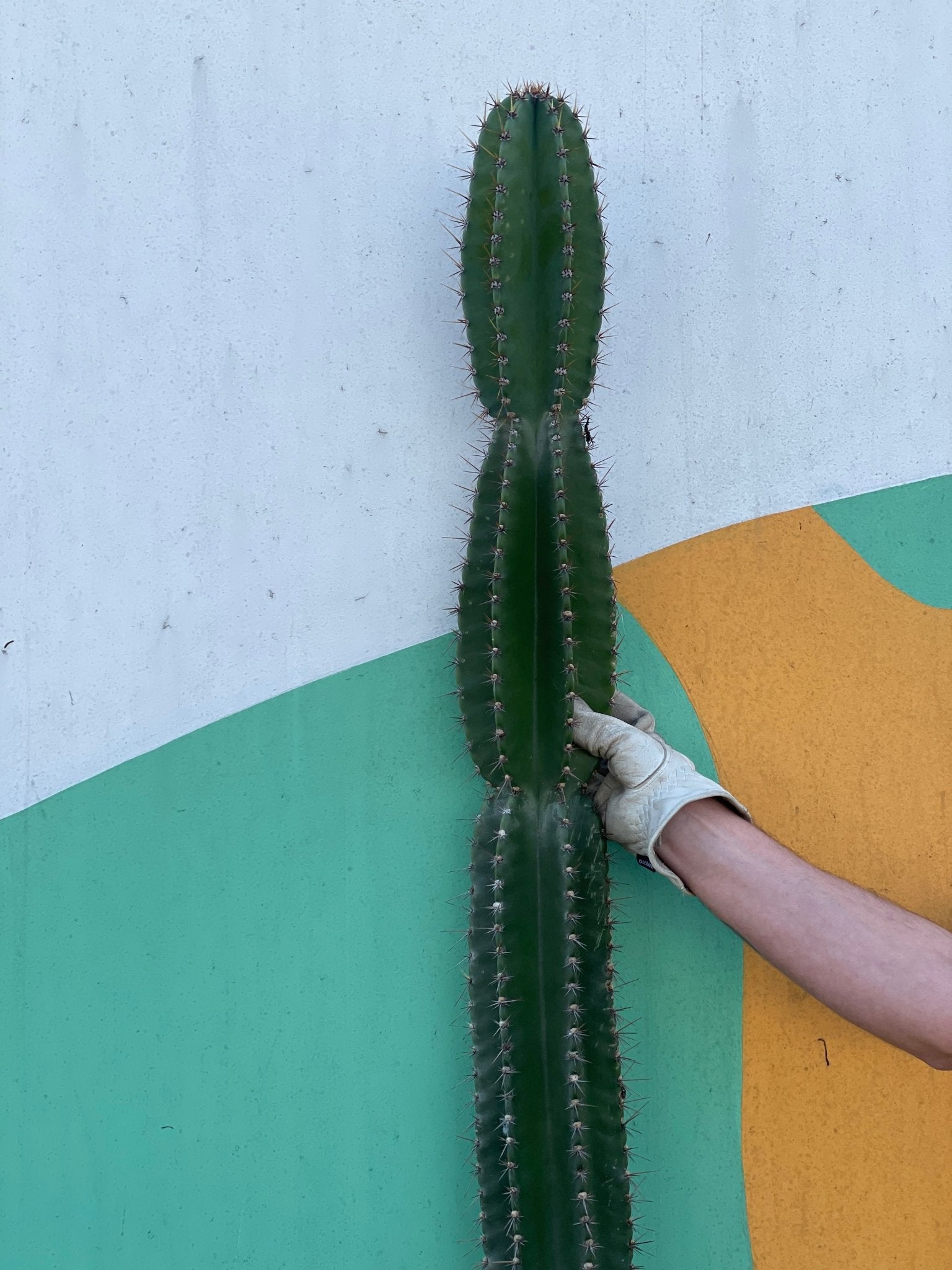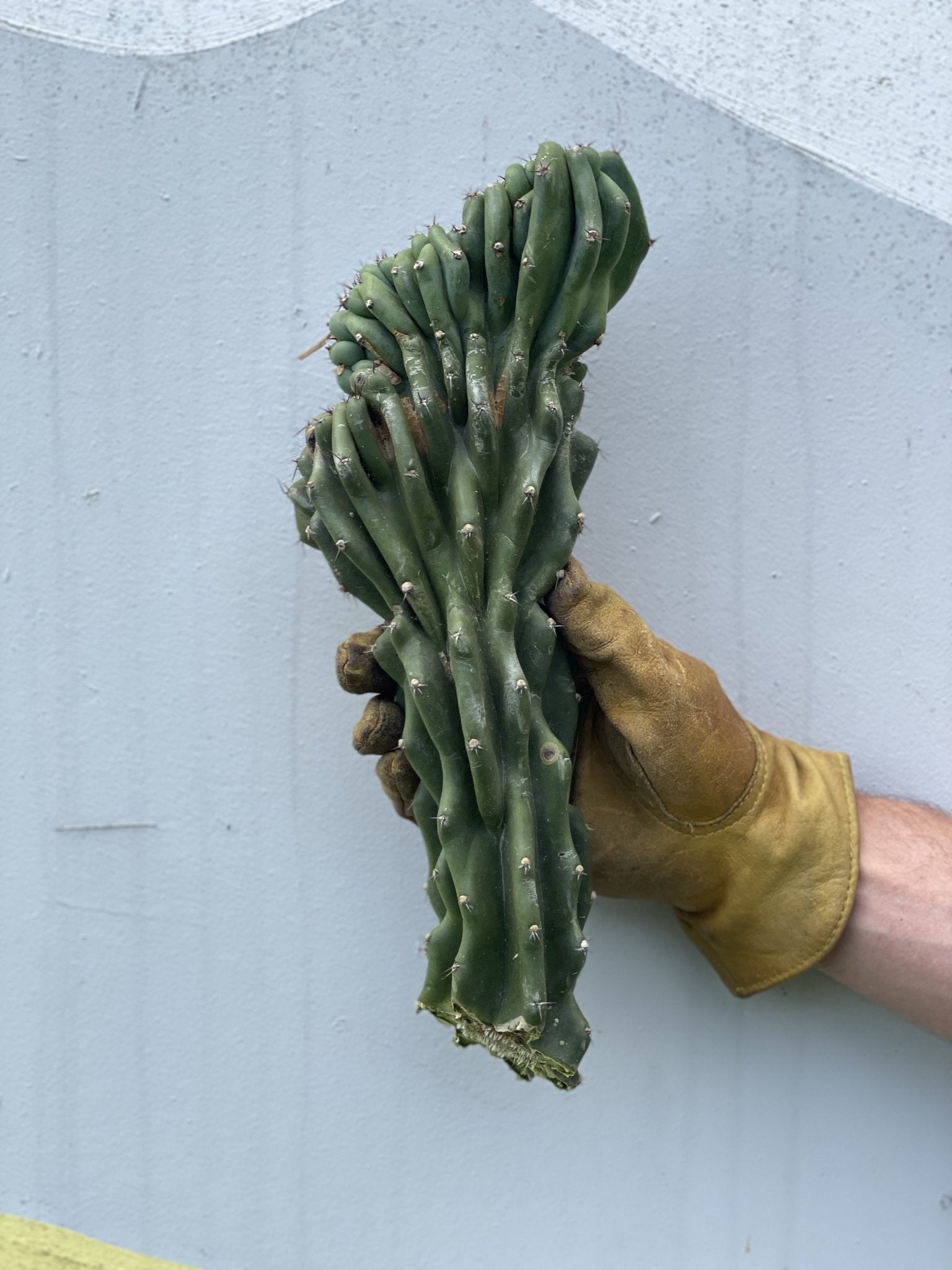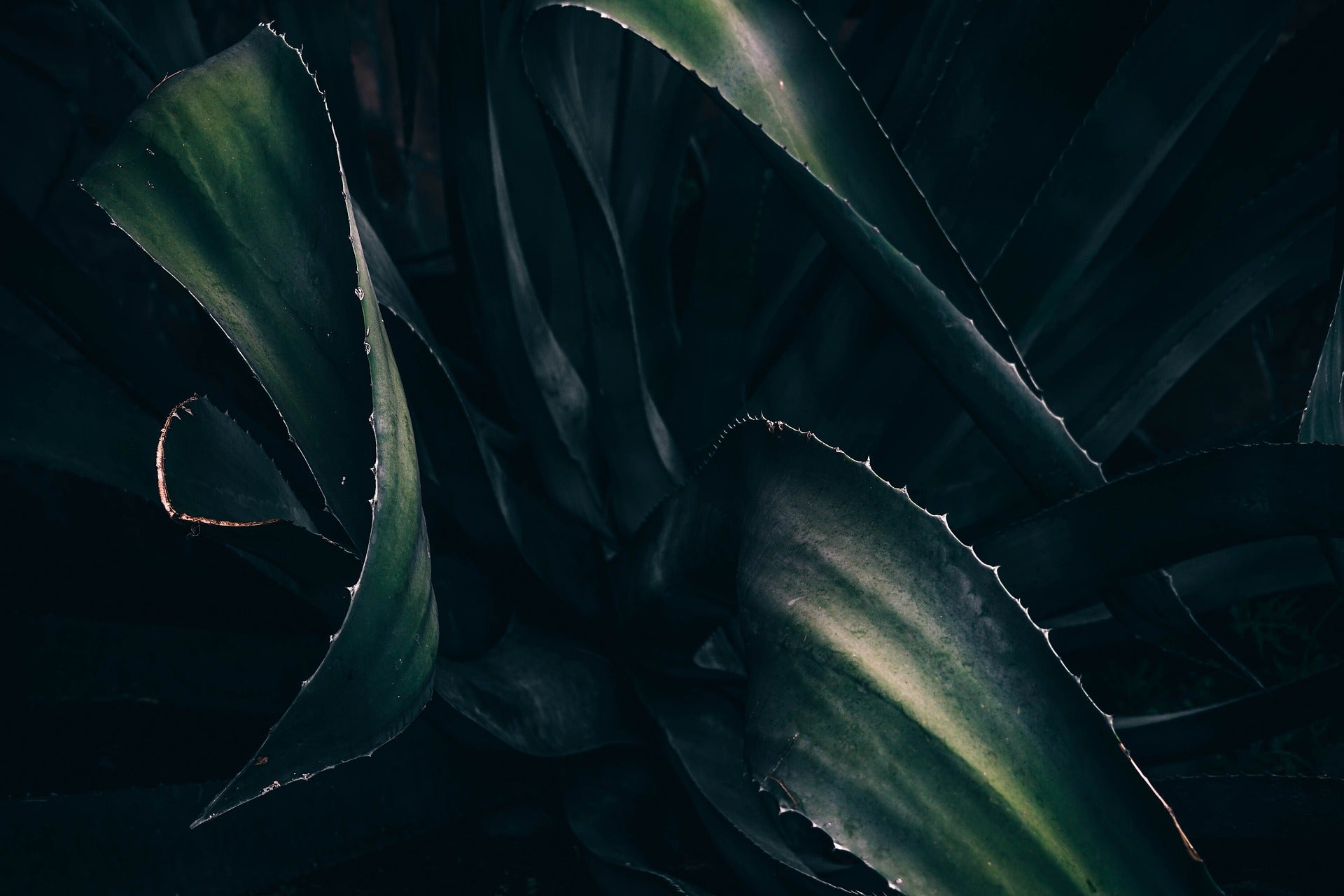Succulents are known for their ability to thrive in various environments, but how do changes in their surroundings impact these resilient plants? Let's explore the effects of environmental factors on succulents.
Temperature Fluctuations
Succulents are adapted to survive in arid conditions with high temperatures, but extreme temperature changes can still affect them. Sudden drops in temperature, especially below freezing, can damage the cells of succulent plants, leading to wilting or even death. It is essential to protect succulents from drastic temperature changes to ensure their health.
Light Exposure
Light is crucial for the growth and development of succulents, as they typically thrive in bright, indirect sunlight. However, too much direct sunlight can cause sunburn and damage the leaves of succulents. On the other hand, to little light can lead to etiolation, where the plants become leggy and weak. Finding the right balance of light exposure is key to keeping succulents healthy.
Watering Practices
One of the most common mistakes in caring for succulents is overwatering. Succulents store water in their leaves and stems, making them drought-tolerant plants. As a result, over watering can lead to root rot and other issues, ultimately harming the succulent. It is essential to allow the soil to dry out between waterings to prevent waterlogged conditions.
Humidity Levels
Succulents are adapted to low humidity environments, making them ideal houseplants in many regions. However, high humidity levels can create a breeding ground for pests and diseases that can affect succulents. Proper air movement and well-draining soil can help reduce the effects of high humidity on succulents.
Soil Composition
The type of soil used for succulents can greatly impact their growth and health. Succulents require well-draining soil to prevent water from pooling around their roots. The utilization of a sandy or gritty soil mix is ideal for succulents, allowing excess water to flow through and reducing the risk of root rot. Regularly repotting succulents with fresh soil can help maintain their well-being.
By understanding how environmental changes can affect succulents, you can provide the optimal conditions for these unique plants to thrive. Whether you are a pro or a beginner gardener, paying attention to these factors can make a significant difference in the health and vibrancy of your succulent collection.












Leave a comment